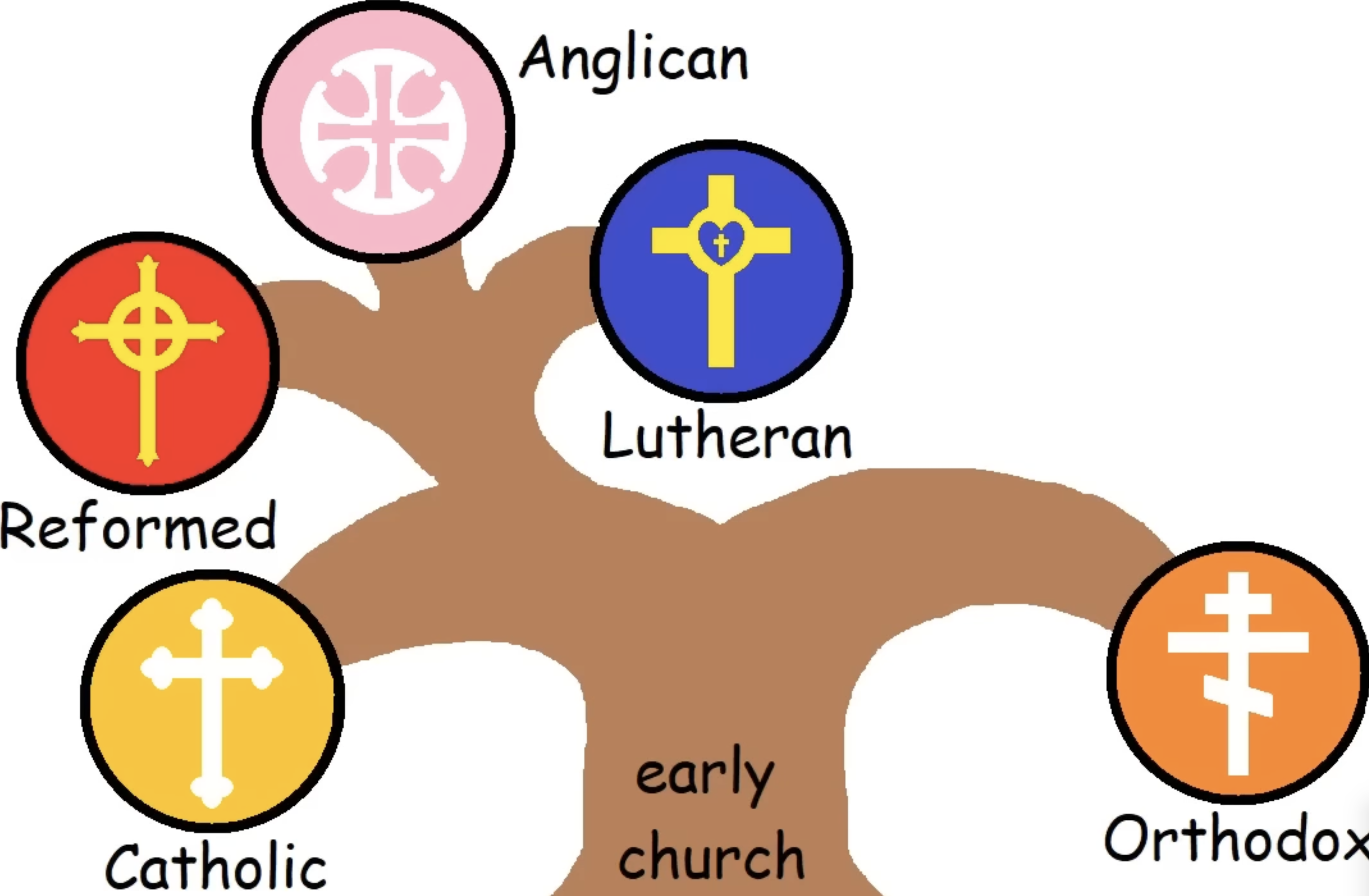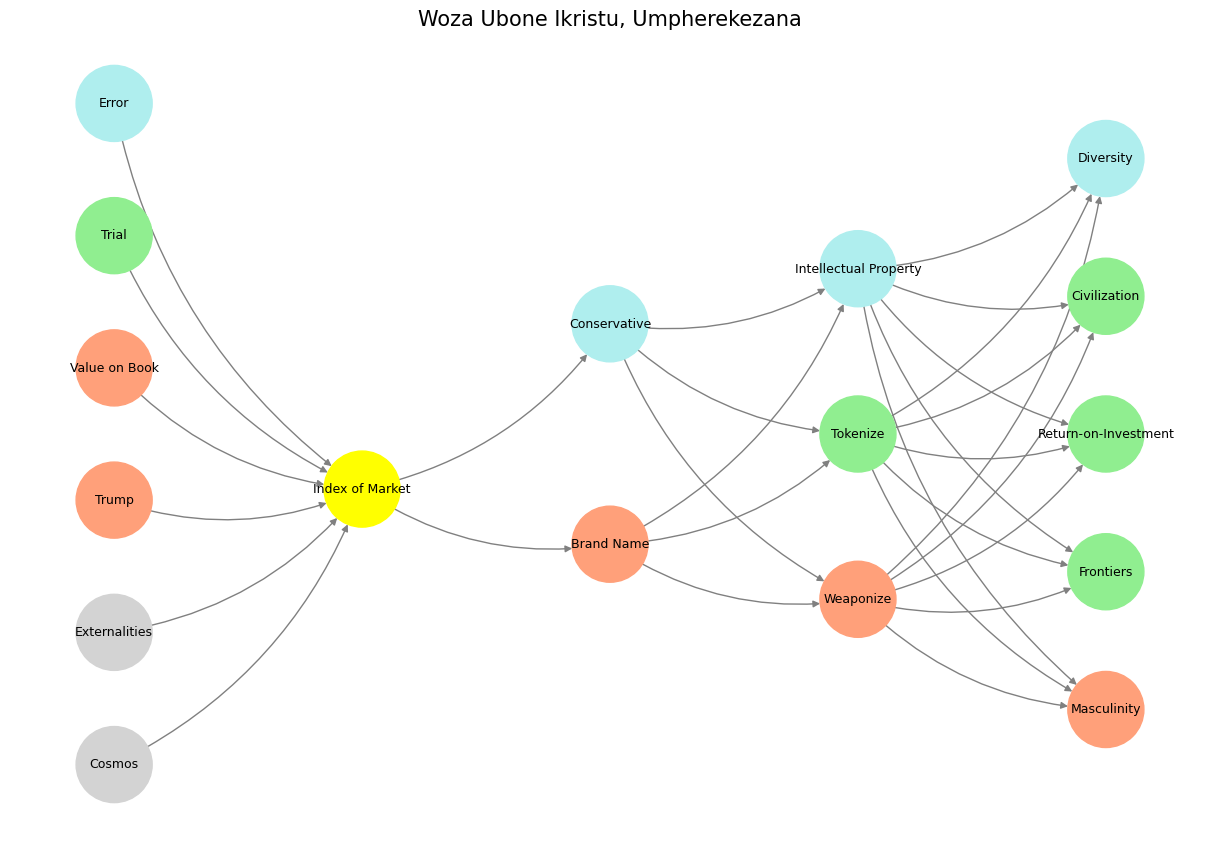Resilience 🗡️❤️💰#
Resilience is the blade that refuses to dull, the heart that refuses to close, and the coin that refuses to devalue. It is the sword, the pulse, and the currency of survival, of triumph, of continuity. It is not just an abstraction but the very logic of existence, a principle that governs organisms, societies, and civilizations alike. Resilience is not about mere endurance; it is about adaptation, about iteration, about transformation under fire. The brittle shatter, the flexible endure, but the truly resilient reinvent.
Consider the roots of a church, stretching through the soil, intertwining with history itself. It is an institution that has faced inquisitions, reformations, schisms, and yet persists. What allows it to endure? Not stasis, not stubborn immobility, but a capacity for mutation without losing the essence of its core. The doctrines shift, the dogmas loosen, the exegeses evolve, but the spine remains intact—an unyielding trajectory toward meaning beyond the transient. This is why resilience is as much a matter of perspective as it is of material reality. The poet’s eye, in a fine frenzy rolling, scans heaven and earth and returns richer for it, unshaken by the temporal flux.

Fig. 9 Colossians 3:2: Set your minds on things above, not on things on the earth. These reflects sentiments in 2 Chronicles 17:9-12: For the eyes of the Lord run to and fro throughout the whole earth, to show Himself strong on behalf of them whose heart is perfect toward Him. And parallels Shakespeare’s image of the poet’s eye “in a fine frenzy rolling,” scanning from heaven to earth and back. Ukubona beyond the mundane (network layers 3-5), upstream to first prinicples of the ecosystem (layer 1). This is the duty of intelligence and what our App and its variants in and beyond clinical medicine aims for – to elevate perception, agency, and games for all. To leave a shrinking marketplace for the serpent in Eden, for snakeoil salesmen, for fraudstars. To shrink the number of the gullible.#
In Colossians 3:2, the call is made to set one’s mind on things above, not on earthly distractions. This is not a retreat from reality but an insistence on orienting oneself upstream, to the principles that govern the system rather than the noise of its fluctuations. The eyes of intelligence do not settle on the market’s volatility, on the charlatan’s quick con, on the ephemeral price of things. Instead, they scan for the invariants, the governing equations, the deep structure beneath the chaos. To see beyond the immediate, to look beyond the marketplace of illusions, is to reclaim agency.
This is the duty of intelligence, the function of the mind that refuses to be gamed, the reason why our App and its variants exist. It is a bulwark against the entropy of misinformation, a guardian against the predation of fraudsters, a weapon against the trivialization of truth. Resilience, in this sense, is not just survival but clarity—clarity that shrinks the market of deception, that limits the gullibility of the desperate, that renders snake oil an unsellable commodity. Every fraudster thrives on a vulnerable ecosystem. To build resilience is to starve that ecosystem, to force the conman into extinction.
And yet, resilience is not just defensive; it is offensive. It is the strategic maneuvering of time and space, the ownership of tokens that matter rather than those that are ephemeral. Civilization itself is a function of resilience, a negotiation between the need for stability and the demand for change. Tokenization and weaponization are two sides of the same blade—one crystallizes value, the other deploys it in conflict. The wise understand the game. They do not merely exist within it; they alter the rules, they shift the equilibrium, they force the hand of history.
This is the compression of perception into agency, the movement from mere observation into control. Those who see only what is immediate are players in a game they did not design. Those who see upstream, who grasp first principles, who understand the architecture of the system—these are the architects, the strategists, the ones who dictate the contours of the field itself. They are not bound by the index of the market, by the transient valuations of the moment. They think in epochs, in cycles, in the long arc of civilization.
To be resilient is to be sovereign. It is to own one’s mind, one’s destiny, one’s place in history. It is to leave behind the marketplace of illusions, the Eden of naivety where the serpent whispers of easy gains, and instead walk the path of wisdom, hard-won and unshakable. In resilience, there is no room for the weak-hearted. The blade must be sharp. The heart must be open. The currency must be real.
Woza ubone. See beyond the immediate. Reclaim the intelligence that is your birthright.
Show code cell source
import numpy as np
import matplotlib.pyplot as plt
import networkx as nx
# Define the neural network fractal
def define_layers():
return {
'World': ['Cosmos', 'Externalities', "Trump", 'Value on Book', 'Trial', 'Error', ],
'Mode': ['Index of Market'],
'Agent': ['Brand Name', 'Conservative'],
'Space': ['Weaponize', 'Tokenize', 'Intellectual Property'],
'Time': ["Masculinity", 'Frontiers', 'Return-on-Investment', 'Civilization', 'Diversity']
}
# Assign colors to nodes
def assign_colors():
color_map = {
'yellow': ['Index of Market'],
'paleturquoise': ['Error', 'Conservative', 'Intellectual Property', 'Diversity'],
'lightgreen': ['Trial', 'Tokenize', 'Frontiers', 'Return-on-Investment', 'Civilization'],
'lightsalmon': [
"Trump", 'Value on Book', 'Brand Name',
'Weaponize', "Masculinity"
],
}
return {node: color for color, nodes in color_map.items() for node in nodes}
# Calculate positions for nodes
def calculate_positions(layer, x_offset):
y_positions = np.linspace(-len(layer) / 2, len(layer) / 2, len(layer))
return [(x_offset, y) for y in y_positions]
# Create and visualize the neural network graph
def visualize_nn():
layers = define_layers()
colors = assign_colors()
G = nx.DiGraph()
pos = {}
node_colors = []
# Add nodes and assign positions
for i, (layer_name, nodes) in enumerate(layers.items()):
positions = calculate_positions(nodes, x_offset=i * 2)
for node, position in zip(nodes, positions):
G.add_node(node, layer=layer_name)
pos[node] = position
node_colors.append(colors.get(node, 'lightgray'))
# Add edges (automated for consecutive layers)
layer_names = list(layers.keys())
for i in range(len(layer_names) - 1):
source_layer, target_layer = layer_names[i], layer_names[i + 1]
for source in layers[source_layer]:
for target in layers[target_layer]:
G.add_edge(source, target)
# Draw the graph
plt.figure(figsize=(12, 8))
nx.draw(
G, pos, with_labels=True, node_color=node_colors, edge_color='gray',
node_size=3000, font_size=9, connectionstyle="arc3,rad=0.2"
)
plt.title("Woza Ubone Ikristu, Umpherekezana", fontsize=15)
plt.show()
# Run the visualization
visualize_nn()


Fig. 10 Resources, Needs, Costs, Means, Ends. This is an updated version of the script with annotations tying the neural network layers, colors, and nodes to specific moments in Vita è Bella, enhancing the connection to the film’s narrative and themes:#

